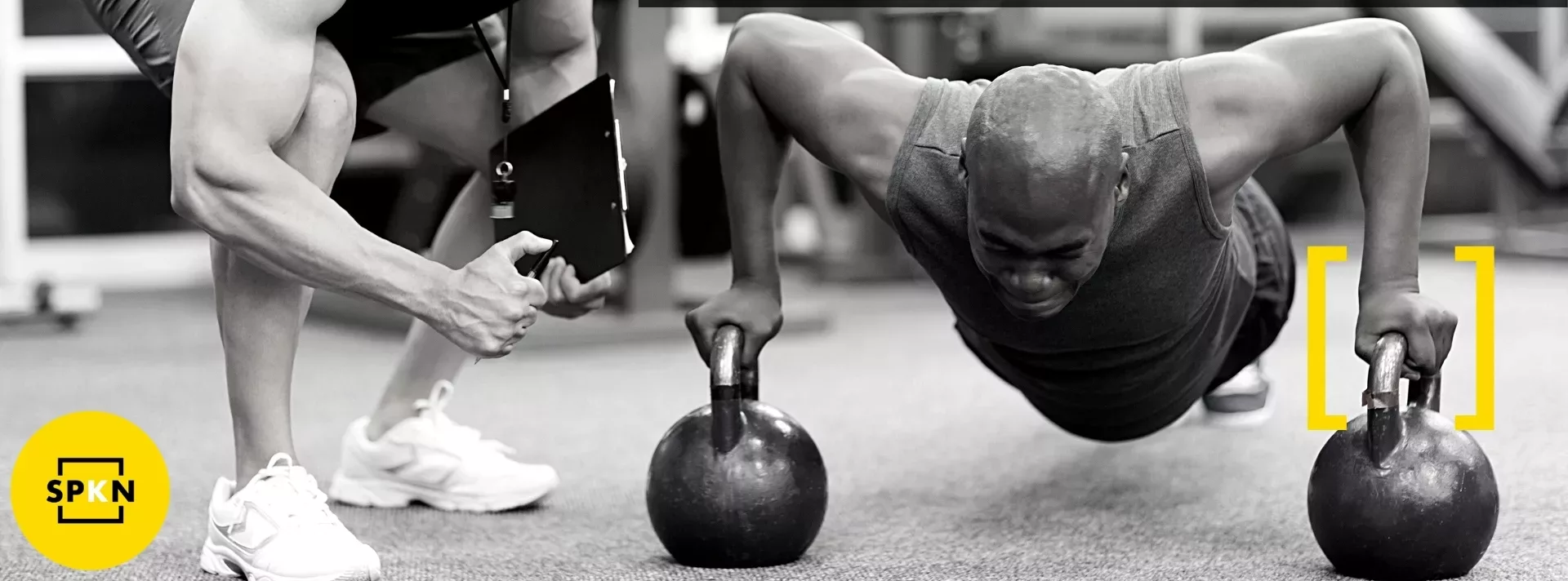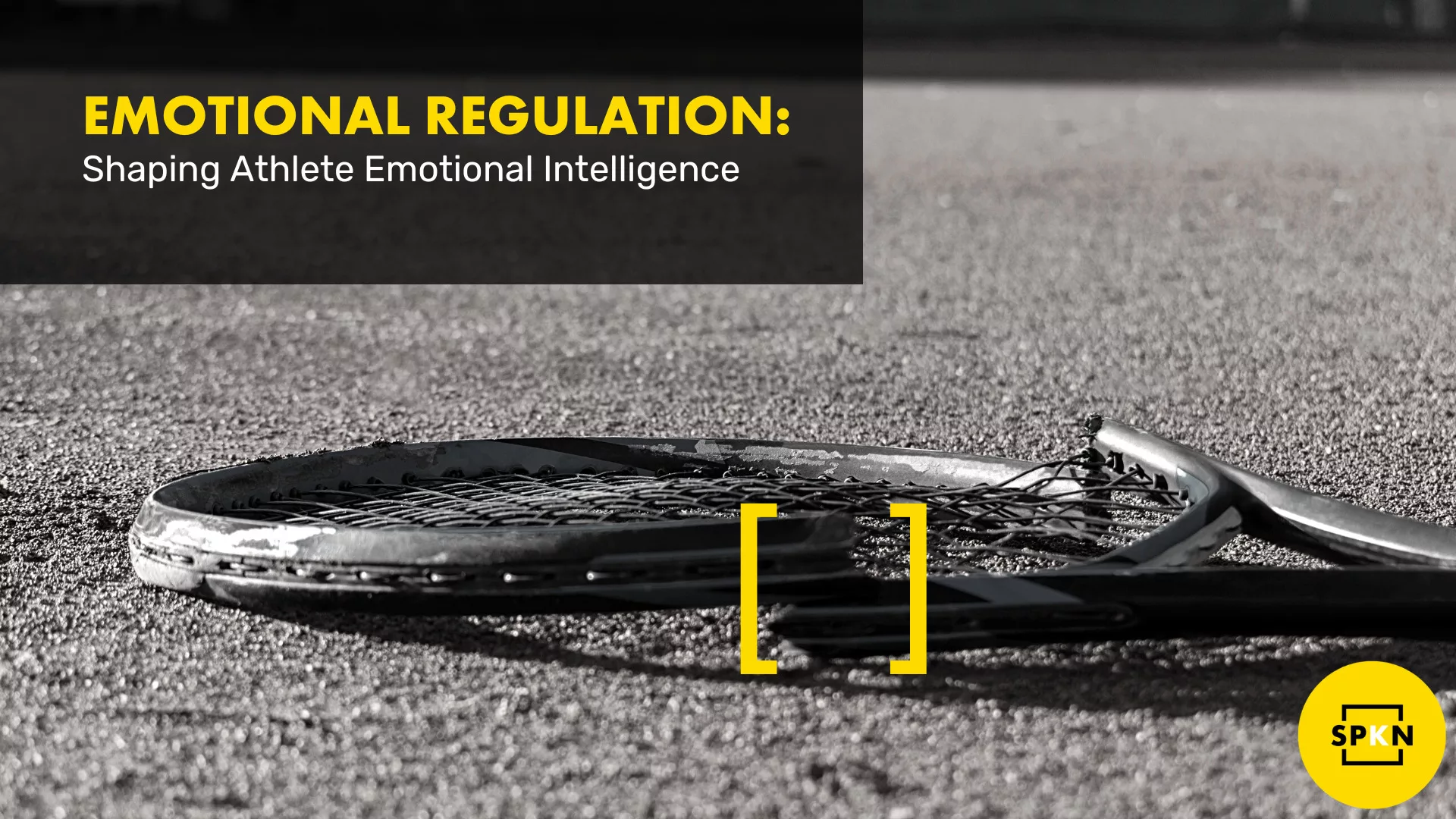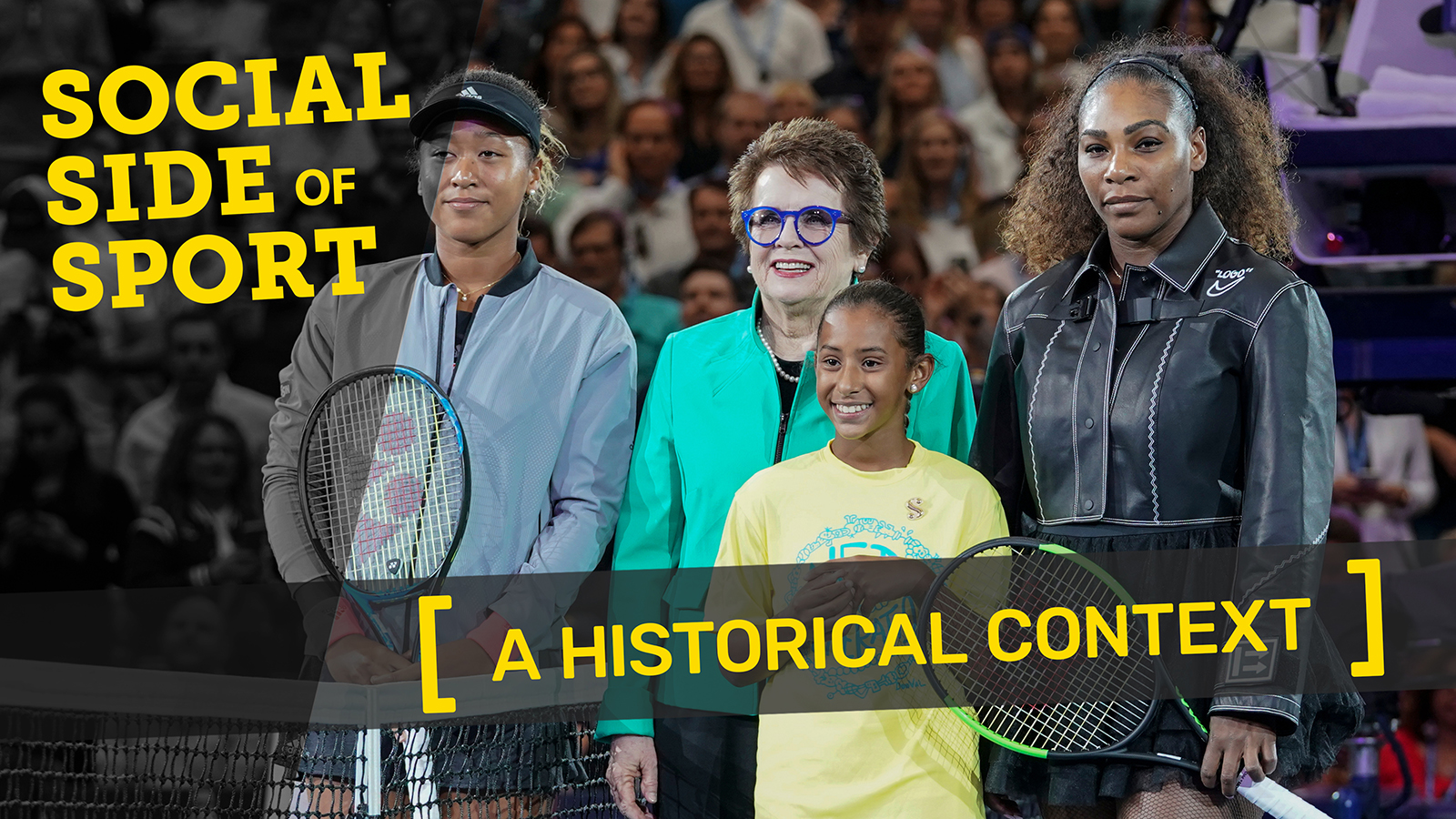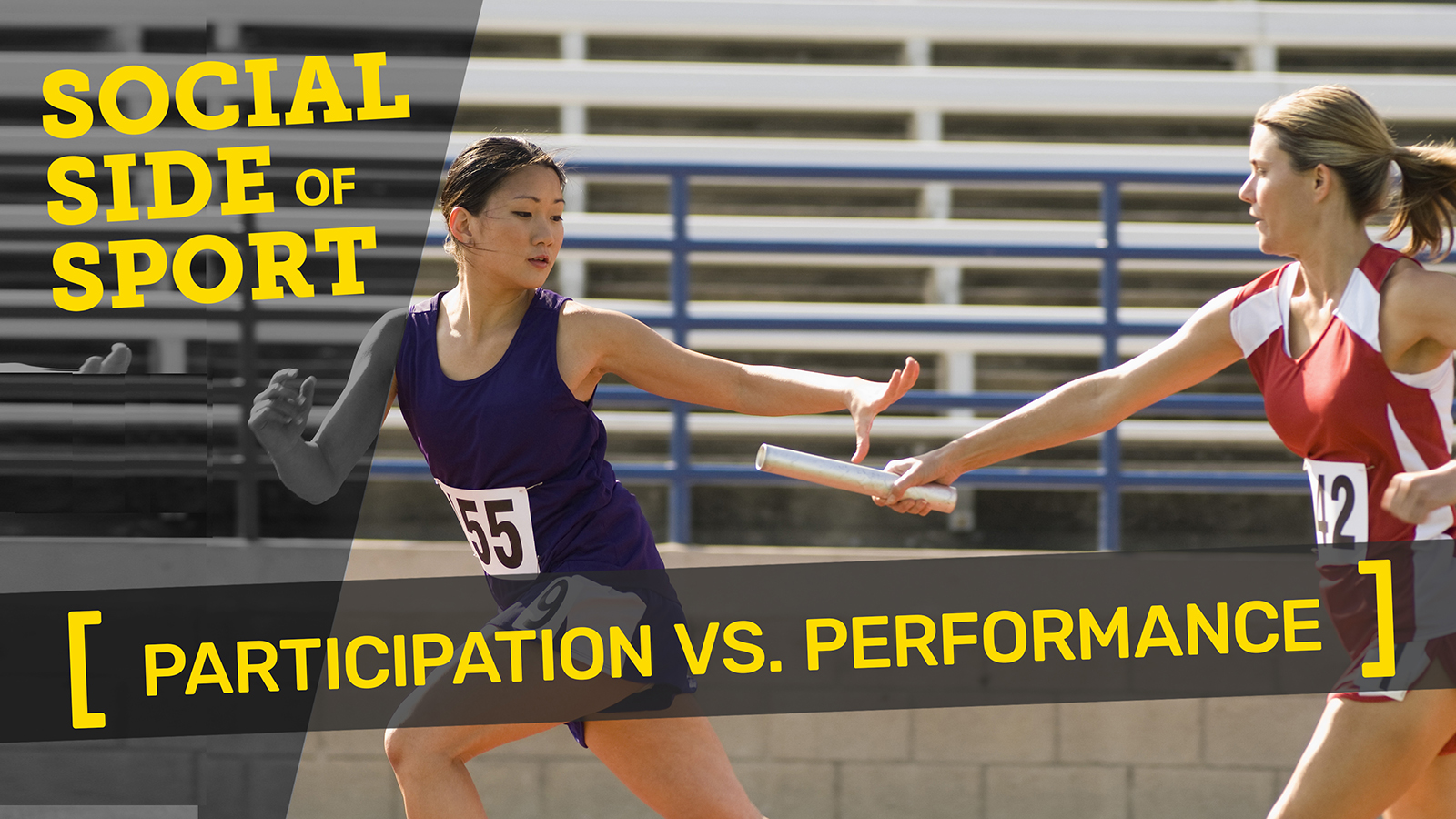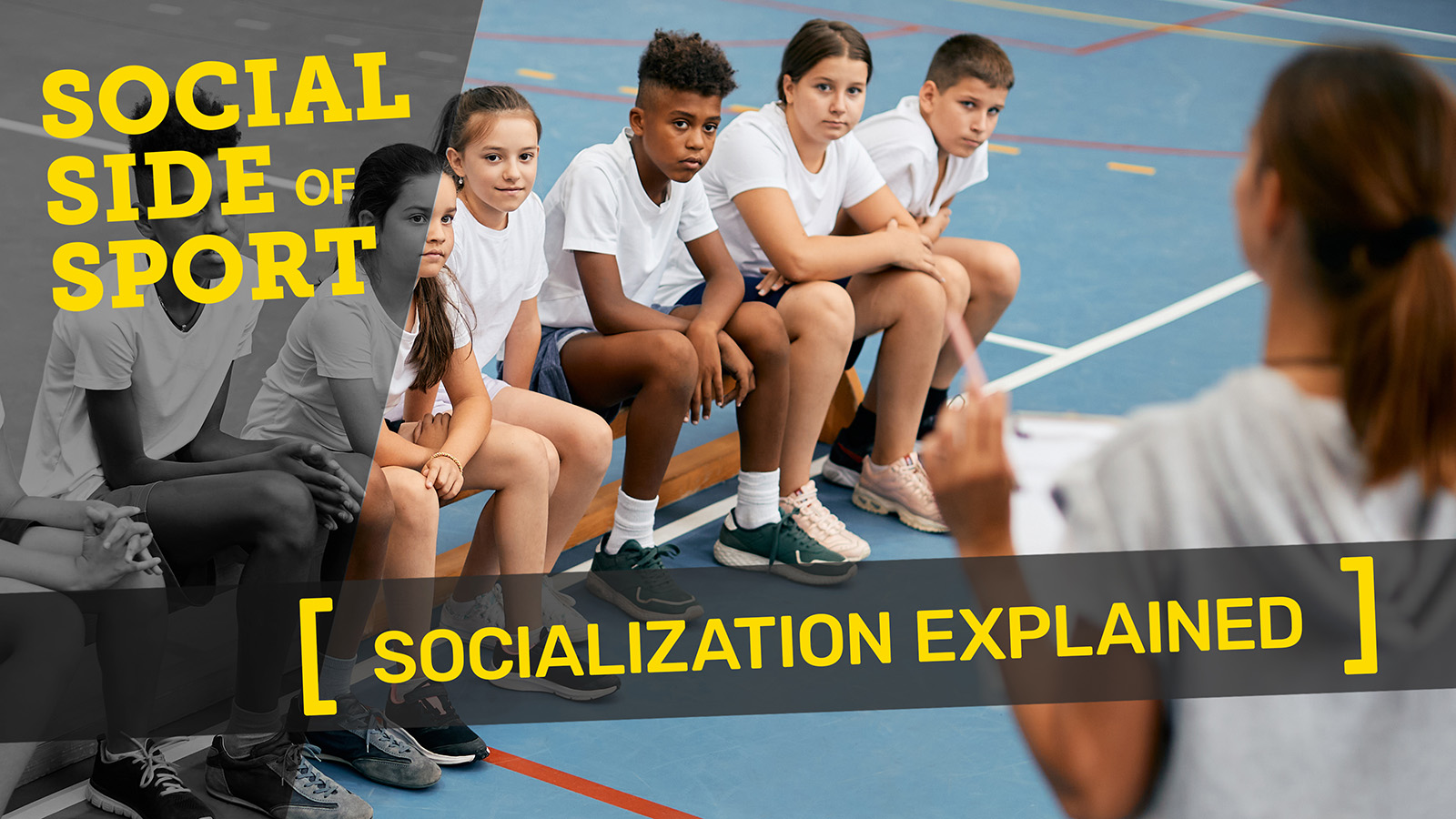Assessment: A motor test has been described as examining motor capabilities (Nugent, 2013). Capabilities implies an inherent ability, whereas the terms ‘competency’ or ‘proficiency’ puts emphasis on the output. These subtle terminology differences reflect approaches to motor testing. In Europe, the terms ‘abilities’ and ‘capabilities’ are common, whereas, in America and Australia, ‘competency’ or ‘proficiency’ is common. Furthermore, a test differs to assessment. A test is a mechanism to quantify an individual’s motor skill level, whereas the goal of assessment is also to gain information on how to improve. The test or assessment can be concerning gross motor skill (coordinated use of large muscle groups) or fine motor skill (ability to manipulate small objects). A motor test is often conducted as a product oriented test; where the end product is considered— such as throw distance. In contrast, a motor assessment may focus on the skill process or technique (e.g., whether the throwing arm follows through to the opposite side of the body); also termed qualitative (Roberton & Halverson, 1984). Product tests have less interrupter reliability issues as it is easier to form agreement on variables such as time, distance, and accuracy, compared to judgements on arm and body position. Whilst both approaches result in associated scores, (i.e., if you can throw a ball far you are also likely to follow a certain successful movement pattern with your arm and torso), they still appear to capture something different (Logan, Barnett, Goodway, & Stodden, 2017). Thus, when attempting to identify influences on skill, the assessment approach affects how variables (e.g., gender) relate (Barnett et al., 2016). Some motor assessments combine approaches for greater insight. A recent direction is human movement analysis (e.g., wearable inertial measurement units), which overcomes the need for trained evaluators.
References
Barnett, L. M., Lai, S. K., Veldman, S. L. C., Hardy, L. L., Cliff, D. P., Morgan, P. J., et al. (2016). Correlates of gross motor competence in children and adolescents: A systematic review and meta-analysis. Sports Medicine, 46, 1663 1688.
Logan, S. W., Barnett, L. M., Goodway, J. D., & Stodden, D. F. (2017). Comparison of performance on process and product-oriented assessments of fundamental motor skills across childhood. Journal of Sports Sciences, 35, 634 641.
Nugent, P.M.S. (2013). MOTOR TEST Psychology Dictionary.org (April 7, 2013 ed.). Roberton, M. A., & Halverson, L. E. (1984). Developing children – Their changing movement. Philadelphia: Lea & Febiger.
***Contributed by Lisa Barnett for Hackfort, D., Schinke, R. J., & Strauss, B. (Eds.). (2019). Dictionary of sport psychology: sport, exercise, and performing arts. Academic Press. https://amzn.to/3ZxARzT









